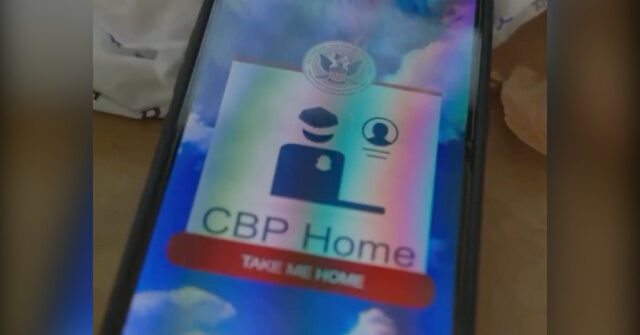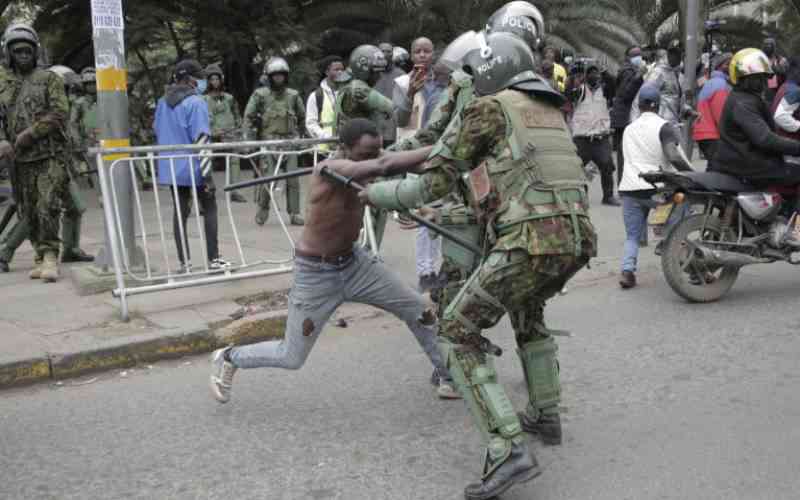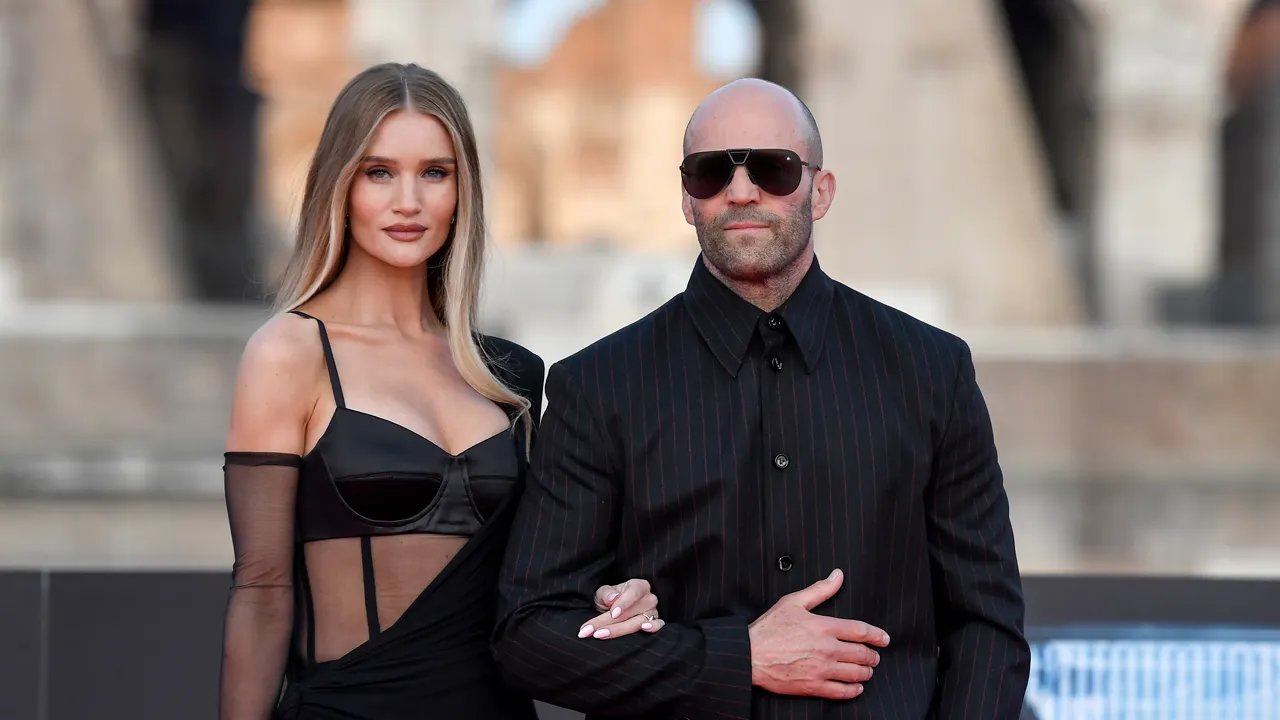Key events
Richard Marles said the new Labor government has sought to change the tone in how Australia engages with China as it has sought to stabilise relations.
What we have sought to do is really change the tone in the way in which we are engaging with the world, but that includes the way in which we engage with China. We’re not going about things with chest-beating.
What we are really trying to speak with a considered voice in a manner which is professional, which is sober and which is diplomatic.
The acting prime minister said the broader region would be critical to Australia’s national interest.
China’s ambassador to Australia Xiao Qian addressed the National Press Club earlier this week.
In the speech, Xiao said China would pursue reunification with Taiwan.
We cannot, we can never rule out the option to use other means, so when necessary, when compelled, we are ready to use all necessary means.
As to what does it mean, ‘all necessary means’? You can use your imagination.
Marles said on Sunday that Australia’s stance on the One China policy had not changed.
We’re not wanting to see any changes to that. But it is really important that we get back to that normal, peaceful set of behaviours.
– from AAP
World would ‘breathe a sigh of relief’ if Taiwan situation cools, Marles says
The acting prime minister, Richard Marles, says the world “would breathe a sigh of relief” if the situation in Taiwan de-escalated.
Tensions have heightened in the Taiwan Strait after China conducted military drills in the region – including the launch of ballistic missiles – in response to US Speaker Nancy Pelosi visiting Taiwan.
China has said it has finished the military drills, but Marles told Sky News on Sunday the global community wanted a return to calm in the Taiwan Strait.
The world would breathe a sigh of relief if we could get to that moment.
From Australia’s point of view, we’ve been calling for a de-escalation, intentions which have been underpinned by our position of not wanting to see any unilateral changes to the status quo across the Taiwan Strait.
Marles said Australia still sought a stabilising of the relationship with China.
– from AAP
Bowen says China’s solar panel dominance offers ‘real challenges and real opportunities’
Bowen is then asked about the solar panel supply chain, which is heavily concentrated in China. He uses the moment to promote Australia’s mining industry and how we will be supplying these minerals and how Australia will need to work with its international partners – but he does acknowledge China’s dominance of the solar panel supply chain is an issue:
For example, 85% of solar panels in the world are currently made in China. Over the next few years, that will rise to 97%. That provides real challenges and real opportunities for a country like Australia because we should be making more solar panels in Australia. We put 60m panels on roofs. We can do a lot better.
And that’s it for the interview – which was a strange one. A lot of problems outlined, a lot of emphasis on being “sensible” and engaging in “consultation”, but not much news there.

Bowen says climate reforms will help Australian industry avoid carbon tariffs
Bowen says how this will work has yet to be determined and gives a nod to an upcoming discussion paper, with the details to be hammered out in consultation with industry. But he raises some interesting points that this needs to happen as there is a growing risk Australian industry will be exposed to carbon tariffs if nothing changes.
This will help us avoid these, by showing the EU and the rest of the world, you don’t need to slap tariffs on our manufacturers and our producers because Australia is working with industry to get emissions down in a very sensible way.
Speers asks Bowen directly: Will new coal and gas projects be banned?
Bowen says the mechanism is “not designed to do that” but that it’s “designed to ensure that all facilities, whether they be old or new, are reducing their emissions”.
The safeguard mechanism is taking the 315 biggest emissions and working with them to reduce emissions, because if we don’t, we will continue the 10 years of no reductions from those facilities and it won’t cut the mustard.
Bottom line from Bowen:
Any facility which emits more than 100,000 tonnes … whether it is new or existing, which is just increasing its activity, we are not having the same architecture. They will be put on a trajectory to net zero, facility by facility. We have designed this in a very sensible way.
Bowen really emphasising this transition is going to be “sensible”.
‘We are putting these emitters on a pathway to net zero by 2050’: Bowen
Speers asks Bowen about the safeguard mechanism passed with the recent climate change bill that will ensure the 315 biggest emitters actually lower their emissions. He asks: What penalties will they face if they don’t?
Bowen:
In relation to the finer implement detail – the trajectory is very clear. We are putting these emitters on a pathway to net zero by 2050. Again, there is detail to work through. I will be issuing a discussion paper in the next week on some of the finer details about how we help emission intensive trade exposed industries, for example, those facilities based on the principle of comparative impact to ensure it doesn’t get taken overseas.
Bowen goes on to say that the government will be taking a “very sensible approach” and will be “consulting”.
From this we can establish that there is more detail to come.

Bowen:
It certainly make it is easier to get transmission up, certainly make it is easier for energy companies to make sensible decisions about renewables, to provide certainty to new investors which we are opening to the world, it is a big change, unanimously agreed between myself and the states and territories.
Bowen is now talking very quickly now about the work the government is doing – their ambition is to boost the share of emissions in the power grid to 82% and they’re doing that by setting up “mechanisms” and bodies to help make that happening. This includes what Bowen calls is an orderly transition to get the right kit in place to make that happen.
It’s not entirely clear but basically Bowen is trying to say that companies that make decisions about what kind of plant or equipment to install will also need to consider how their project will lower emissions. Bowen gives a practical example:
A little while ago TransGrid wanted and suggested that to help Broken Hill they would put in a micro grid of renewable energy. It was much more reliable, much lower emissions and but they were told at that point: “No, you’ve got to keep your old diesel generators running.”
It wasn’t their fault, it was what the objective said.
So basically under the old rules, companies, utilities and other groups involved with the NEM would be forced to make decisions that propped up old fossil fuel power projects. Bowen suggests this will address that.
Chris Bowen says National Energy Market’s new emissions objective will ‘make a material difference’
The climate change minister, Chris Bowen, is now up on ABC Insiders with the first question about the new emissions objective that has been incorporated into the rules of the National Energy Market.
David Speers’s question is a basic one: what does it actually mean in practice?
Bowen:
The national energy objectives really decide how the three bodies, the market operator and the commission work, and they have to comply with the objectives and all the work they do. Electricity generation is Australia’s largest source of emissions, 33%, and our laws, our objective, haven’t given our three bodies the capacity to consider emissions reduction.
It will make a material difference as to how these three very good bodies do their work because they can only comply with the objectives in all the decisions they make and that has led to really silly and perverse outcomes in the past.
The federal treasurer Richard Marles is set to appear on Sky News this morning and the climate change minister Chris Bowen will be giving an interview on ABC Insiders.
We will bring you the latest as it happens.
NSW records nine Covid deaths
New South Wales has recorded nine Covid-19 deaths and 6,979 new cases on Sunday morning, with 2,148 people withe the virus in hospital in the state and 58 in ICU.
COVID-19 update – Sunday 14 August 2022
In the 24-hour reporting period to 4pm yesterday:
– 96.9% of people aged 16+ have had one dose of a COVID-19 vaccine*
– 95.3% of people aged 16+ have had two doses of a COVID-19 vaccine* pic.twitter.com/7DAPCNrXIp— NSW Health (@NSWHealth) August 13, 2022
Victoria records 24 Covid deaths
Victoria has recorded 24 more Covid-19 deaths and 3,450 new cases on Sunday morning, with 575 people with the virus in hospital, 29 in ICU and six on ventilation.
3 doses (16+): 69.5%
2 doses (12+): 94.7%
Doses total: 6,334,838Hospital: 575
ICU: 29
Ventilated: 6
Lives lost: 24New cases: 3,450 (Rapid antigen test cases: 2,396, PCR test cases: 1,054)
PCR tests: 9,216
Active cases (all): 29,914— VicGovDH (@VicGovDH) August 13, 2022
Good Morning
And welcome to another Sunday morning Guardian live blog.
The federal jobs minister Brendan O’Connor has floated a plan to deal with Australia’s skills shortage by increasing the cap on skilled migrants. The plan, as reported by the Sydney Morning Herald and the Age on Sunday morning, would lift the annual migration cap from 160,000 to between 180,000 and 200,000. The scheme would reportedly include a mechanism to recognise credentials obtain overseas and will be carefully discussed with unions at the jobs and skills summit next month.
New South Wales police are investigating after two women, aged 48 and 36, were shot dead in southwestern Sydney on Saturday night. Emergency services responded to reports of a shooting in Revesby just before 8.50pm where they found the two women inside a car. Both women later died but other other occupants, a man and a woman, were not injured. A taskforce has been established to investigate.
And 60,000 people are taking part in the City2Surf on Sunday for the first time since 2019 as the race returns to its traditional Hyde Park to Bondi route.
I’m Royce Kurmelovs, taking the blog through the day. With so much going on out there, it’s easy to miss stuff, so if you spot something happening in Australia and think it should be on the blog, you can find me on Twitter at @RoyceRk2 where my DMs are open.
With that, let’s get started …



















Discussion about this post